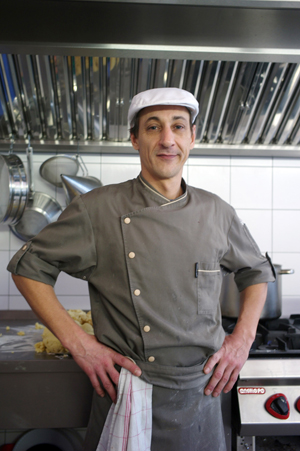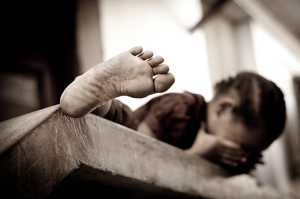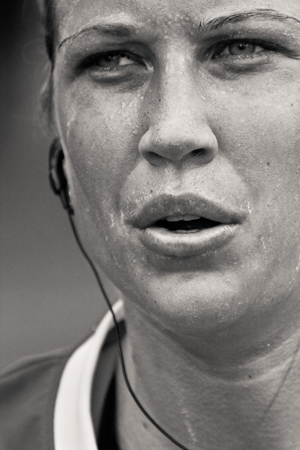
Photo: Nicolae Donat |
|
FACE OF THE PRESENT
Portrait Photography from Austria
Since the beginning of photography, portraits have played an important role. They fulfil the desire people have to be able to hold images of famous people, their loved ones, and above all of themselves close, for personal use as well as for the purpose of posterity. In contrast to the first portrait photography of the 19th Century where photographers had to battle with technical difficulties, long exposure times and high production costs, nowadays digital photography enables a fast and affordable way to produce portrait photography. Social networks provide space for the endless possibilities of self-presentation, often finding expression through the medium of photography. Thereby portrait photography has become ubiquitous.
This development leads to a sheer flood of portrait photos, which tire the eye of the beholder quickly through stereotypical representations. In contrast, portrait photographers use artistic focus to load their work with meaning. These portrait photographs oppose the mass produced comodity portrait, and are based on artistic concept and related craftsmanship. They are therefore in line with a photographic tradition which has existed for over a hundred and fifty years. It was in this way that the French photographer Nadar (otherwise know as Gaspard-Félix Tournachon) captivated audiences, particularly through his portrait pictures which he was creating as early as around 1860, of his friends and icons of the time, such as Charles Baudelaire, Sarah Bernardt or Claude Monet.
|
| |
|
 Photo: Nikki Harris
|
The photography exhibition “FACE OF THE PRESENT- Portrait photography from Austria” is dedicated to documentary portrait photography. The German photographer August Sander, an important precursor for portrait photography, published in 1929 his first book publication under the title “Face of Our Time”, in which sixty portrait photographs from different walks of life are portrayed. In these portraits he wanted to create a mirror of contemporary society. He created categories for his portraits by means of capturing certain professions and social groups. The photographs did not originate in the studio but instead in the direct living surroundings of the depicted people. The photographs should not only represent the individual but also integrate the environment so that each separate photograph represents a “type of person”. For example, “The Baker” by August Sander was captured at the exact point of kneading the dough.
In this sense the photographers in the exhibition “FACE OF THE PRESENT” are inspired by August Sander. They have also portrayed people in their current living environments. However the exhibiting photographers are no longer required to portray a “type of person” within their photos, but rather they are able to focus a lot more on the uniqueness’ of the people who are to be seen in their photographs. They concern themselves with people who live in Austria, Kosovo as well as Tanzania. Although the exhibited photographs vary greatly in approach and environment there is one element that unites all the pictures in the exhibition. Within their images all of the photographers use the existing surrounding light of there location, no matter whether the people portrayed were captured at their homes, workplaces or undergoing various recreational activities.
|
| |
|
 Photo: Mark Probst
|
In addition, as part of the photography exhibition, a portrait marathon will take place. On the weekend of the 10th-11th November interested people may come by, with registration in advance, and have their portraits taken, thus becoming part of the exhibition. The resulting portraits will be on display until the end of the photographic exhibition "FACE OF THE PRESENT – Portrait photography from Austria".
Exhibiting Photographers:
Bärbel Tomasi, Claudia Henzler, Mark Probst,
Markus Hippmann, Nicolae Donat, Nikki Harris, Pepa Georgieva, Richard Pobaschnig
Photography exhibition in PhotoQuarter Vienna
Schlössl Kino,
Margaretenstraße 127,
1050 Vienna
Opening: Monday, November 5, 2012, 8 pm
Opening Hours: November 6-November 22, 2012
Monday to Thursday: 4 pm-6 pm
Admission free
Return to overview
|
| |
|









